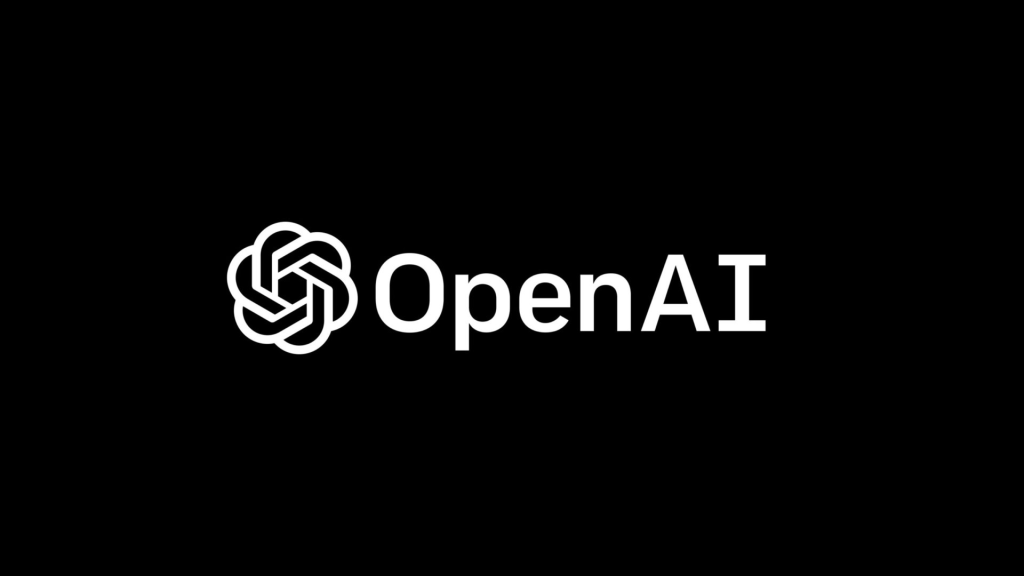Artificial intelligence company OpenAI released the video generation program Sora for use by its customers Monday.
The program ingests written prompts and creates digital videos of up to 20 seconds.
The creators of ChatGPT unveiled the beta of the program in February and released the general version of Sora as a standalone product.
“We don’t want the world to just be text. If the AI systems primarily interact with text, I think we’re missing something important,” OpenAI CEO Sam Altman said in a live-streamed announcement Monday.
The company said that it wanted to be at the forefront of creating the culture and rules surrounding the use of AI generated video in a blog post announcing the general release.
“We’re introducing our video generation technology now to give society time to explore its possibilities and co-develop norms and safeguards that ensure it’s used responsibly as the field advances,” the company said.
What can Sora do?
The program uses its “deep understanding of language” to interpret prompts and then create videos with “complex scenes” that are up to a minute long, with multiple characters and camera shots, as well as specific types of motion and accurate details.
The examples OpenAI gave during its beta unveiling ranged from animated a monster and kangaroo to realistic videos of people, like a woman walking down a street in Tokyo or a cinematic movie trailer of a spaceman on a salt desert.
The company said in its blog post that the program still has limitations.
“It often generates unrealistic physics and struggles with complex actions over long durations,” the company said.
OpenAI says it will protect against abusive use
Critics of artificial intelligence have pointed out the potential for the technology to be abused and pointed to incidents like the deepfake of President Joe Biden telling voters not to vote and sexually explicit AI-generated deepfake photos of Taylor Swift as real-world examples.
OpenAI said in its blog post that it will limit the uploading of people, but will relax those limits as the company refines its deepfake mitigations.



